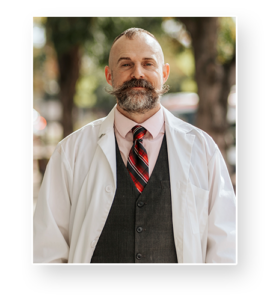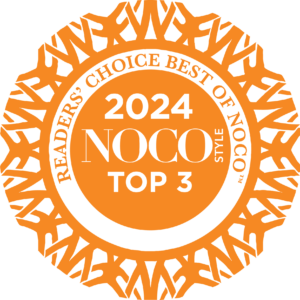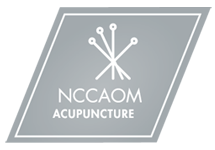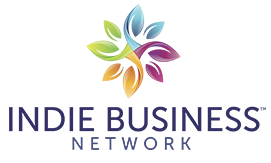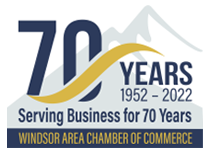What is the difference between Acupuncture and Dry Needling?
Depending upon who you ask, you’ll get conflicting answers regarding the difference between Acupuncture and Dry Needling. Admittedly, there’s a turf war happening between Acupuncturists and Physical Therapists. Chiropractors and MD’s are somewhere in the mix too. So, I encourage you to ask several practitioners on either side of the fence to make your own informed decision.

That being said, here’s my take.
If the definition of Acupuncture is “insertion of a filiform needle for therapeutic effect,” then both Dry Needling and Acupuncture are Acupuncture.
Many practitioners of Dry Needling will say Dry Needling is not Acupuncture. This is because they are following the works of Dr. Janet Travell and needle only Trigger Points within the musculature. Thus the term “dry needling.” Travell would needle Trigger Points with a hypodermic needling and inject saline solution into them. In this case, Dry Needling uses filiform needles, just like Acupuncture. However, it doesn’t follow the paradigm of Traditional Chinese Medicine, including things like Acupoints, Qi, ZangFu Organs, Meridian Channels, Yin/Yang and the like.
Acupuncturists, on the other hand, do needle Trigger Points. (They’re called “ashi points” in TCM. And, we’re taught specific techniques to needle them.) Acupuncturist do follow the Traditional Chinese Medicine paradigm. And you’ll hear us talk about Yin/Yang, Qi, ZangFu, Merdians, and all sorts of ancient Chinese medical concepts.
In my opinion, both Dry Needling and Acupuncture can be quite effective in addressing specific musculoskeletal pain conditions.
To be completely honest, I’ve had patients who also went to a Physical Therapist to get Dry Needling and they got better results than what they had with me. Conversely, I’ve also had patients who got Dry Needling that didn’t help them or even made their symptoms worse. But when they received Acupuncture from me, they got better. So, I do believe that Dry Needling can both help or hinder depending upon the patient’s constitution.
As laws regarding training vary from State to State, please take the time to learn about how much specific training in needle manipulation your Needling Practitioner has.
For example, here in Colorado, Physical Therapists are only required to have 46 hours of training in Dry Needling technique with no provision for clinical supervision. In contrast, at the Colorado School of Traditional Chinese Medicine, students must record 150 hours of observation of another Licensed Acupuncturist and must log 645 hours of clinical supervision. In general, Acupuncturists have 500+ hours of clinical supervision in needle manipulation before they’re ever allowed to practice on their own. The same can’t generally be said about Dry Needlers. So, please do your due diligence regarding your practitioner’s training before engaging in either Acupuncture or Dry Needling.
On a side note, here in Colorado, Dry Needling can only be applied to localized Trigger Points. So, Cosmetic Dry Needling is illegal. If you see anyone in Colorado advertising Dry Needling for aesthetic or cosmetic purposes (lifting, tightening, toning, or reducing lines/wrinkles on the face) they are offering services outside of the their legal scope of practice. Report these unscrupulous practitioners to the Colorado Department of Regulatory Agencies (DORA) immediately.
If you’d like more information about the difference between Dry Needling and Acupuncture, look to your State government’s website and find the Practice Acts for Acupuncture, Physical Therapy, and Chiropractic. These will tell you the specific legal requirements your State demands regarding the training of your practitioner. You can also reach out to your State’s Acupuncture, Physical Therapy, or Chiropractic Associations. They’ll be more than happy to help you get the information you’re looking for.
If you have any questions for me, I’m always happy to reply. I’ll get back to you personally as soon as I’m able. Email me: terry@artesianspringom.com
